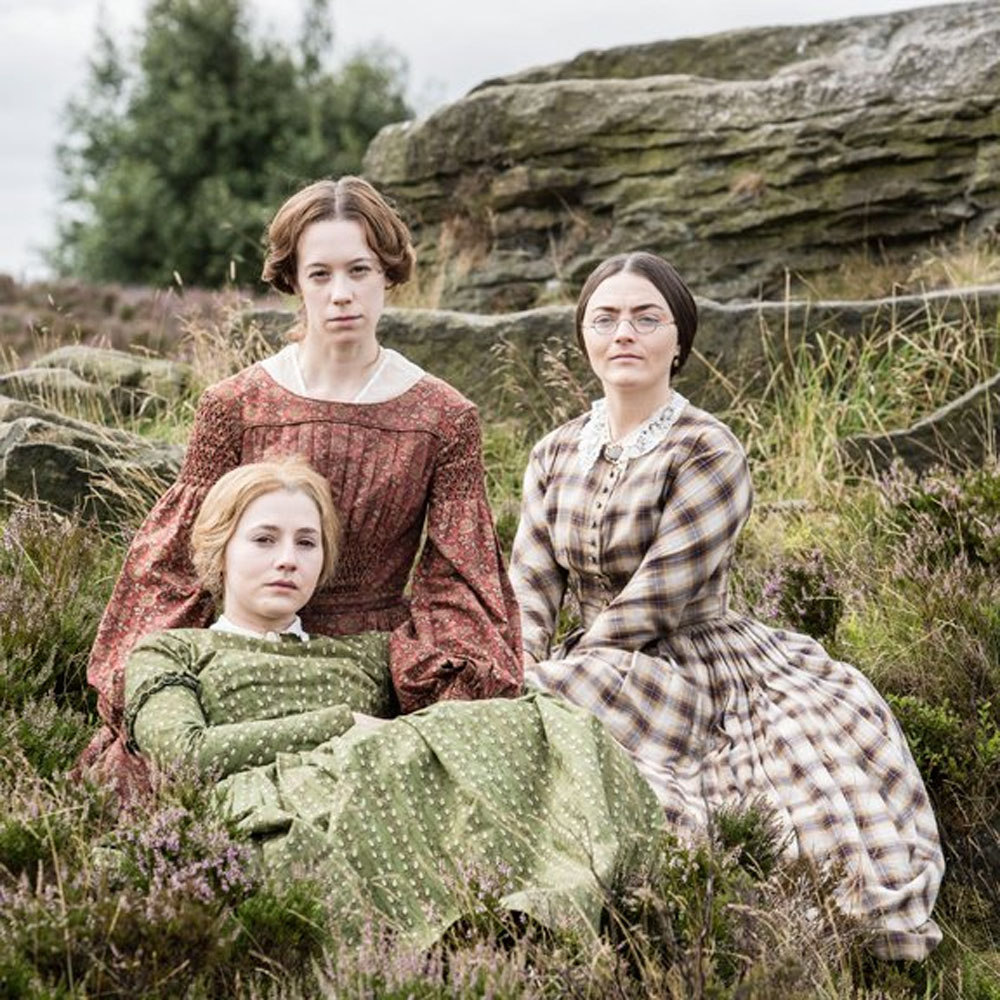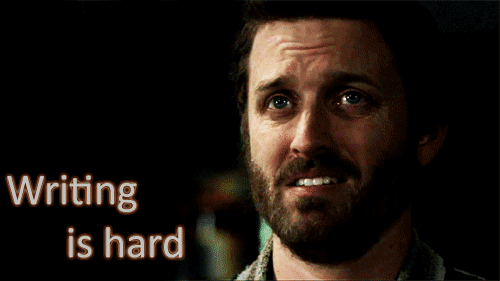The
movie, “The Zookeeper’s Wife” has finally been released in theaters. I am
ecstatic! I have been waiting at least two years for this movie to debut. It is
the story of Antonina and Jan Zabinski who managed the Warsaw Zoo and during
WWII, they saved approximately 300 Jews from genocide. They were later honored
by the Yad Vashem and considered the Righteous Among the Nations.
Those
who rescued Jews were an interesting breed of people. No two were exactly
alike; their motives for risking their lives and the lives of their families
varied.
Some were like Corrie ten Boom and believed that the Jewish were God’s chosen people and had to be spared.
Others were like Oskar Schindler, who never
set out to save Jews, yet he fell in love with his Jewish workers. "I knew
the people who worked for me. When you know people, you have to behave towards
them like human beings." Schindler said, when asked why he did what he
did. Though not a “good” man by the standards of most, when others looked away,
Schindler helped.
Leopold
Socha, a former thief turned sewer worker, stumbled upon several Jewish people hiding
in the sewers of Lvov. He promised to help them for a price, and then
influenced by his Catholic faith and the friendship that developed, he
continued to hide them when they could no longer afford to pay him. After the
war, he died saving his own daughter’s life and the ones he hid returned to
honor his memory.
Miep
Gies knew the Frank and van Pels families and Fritz Pfeffer personally and
insisted that she never did anything heroic. She simply did what many other
Dutch countrymen and women did. That she saved Anne Frank’s diary was by sheer
happenstance.
Stefania Podgorska also knew two of the thirteen people she
rescued, and after the war she married one of them.
Irena
Sendler’s father had been a physician and died treating poor Jewish people who
had typhus. He had always taught her that, “If you see a man drowning, you must
jump in and save him, even if you cannot swim.” That belief led her to become a
social worker and then become involved with Zegota; in turn she and numerous
others saved 2500 lives.
The
rescuers were simply ordinary people who were given the chance to do the right
thing. That was the one thing they all had in common.
I’m
going to end this post with one of my favorite prayers: “Lord,
make me an instrument of Your peace. Where there is hatred, let me sow love;
where there is injury, pardon; where there is doubt, faith; where there is
despair, hope; where there is darkness, light; where there is sadness, joy.”
















